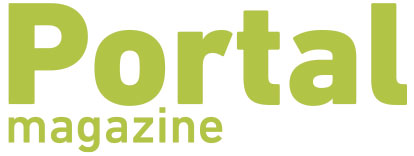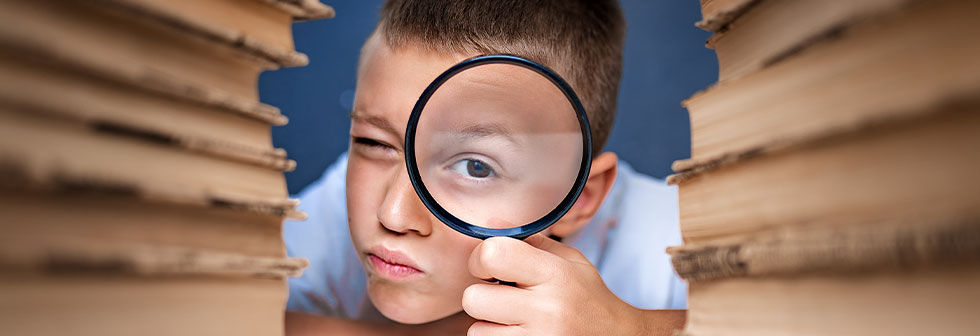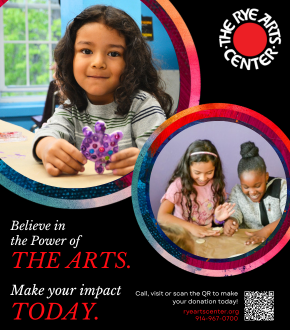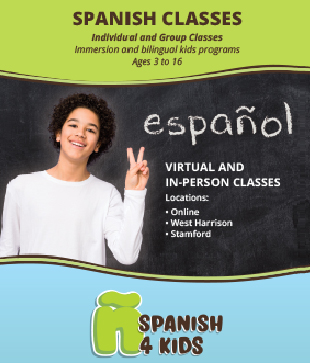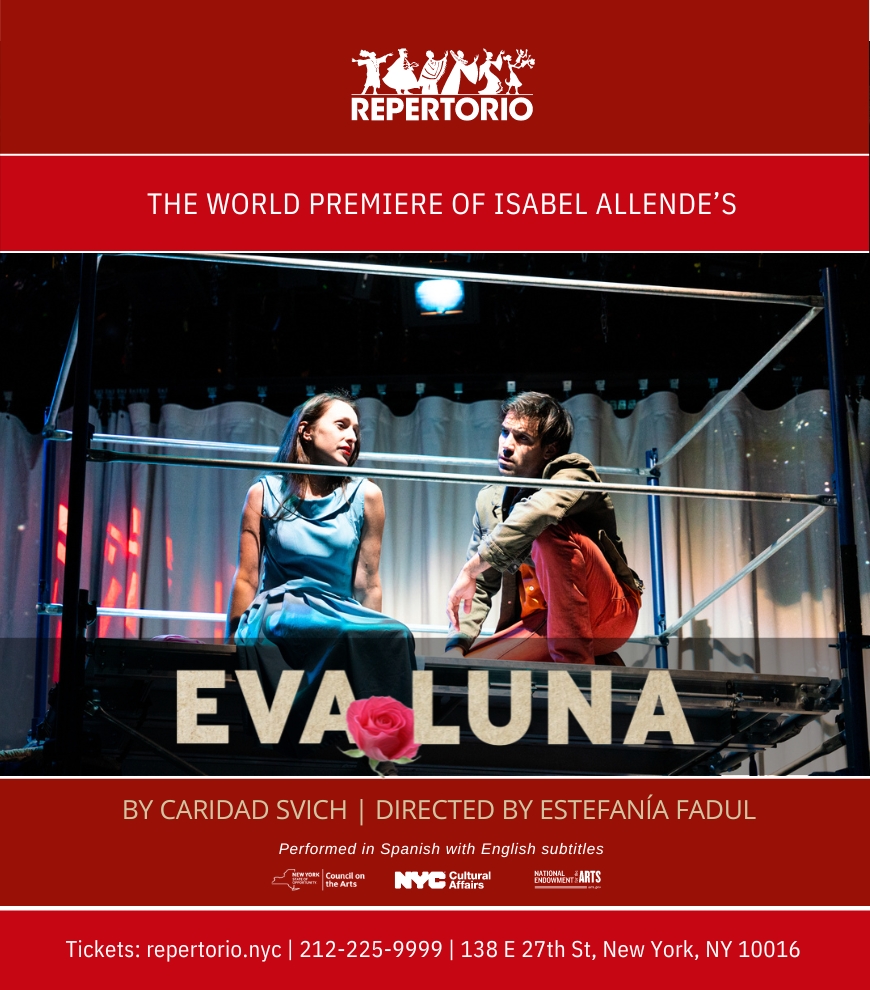By Michele Borba, Ed.D.
Author of UnSelfie: Why Empathetic Kids Succeed in Our All-About-Me World
The Key to Raising Curious Kids:
Develop an “ing” Mindset
Have you noticed that kids are more energized when involved in projects they care about? It’s because curiosity builds when kids are tinkering, sharing, building, drawing, constructing, playing, developing, or doing what I call “ing-ing.” Active engagement increases curiosity; passivity reduces it. Projects ignite curiosity; worksheets stifle it.
I saw this active engagement when I visited MIT’s famed Media Lab in Cambridge, MA. Everywhere I visited I saw students excitedly working on projects together—whether developing concepts, designing prototypes, making improvements, or creating ideas. And their finished products were outstanding: Amazon Kindle, Clocky, Guitar Hero, Symphony Painter, Audio Spotlight, and XO laptop, just to name a few.
One reason for their exemplary creative performance is an understood MIT rule: everyone encourages one another to take risks. In fact, there are no “wrong” answers or “crazy” ideas: out-of-box thinking is relished. “Great ideas don’t come from playing safe,” Frank Moss, former MIT Media Lab director, explains. “Rather, they come from thinking about things in a way that no else has.” It’s why “That can’t be done” or “It won’t work” isn’t part of the MIT vocabulary.
Unfortunately, our kids play it safe because they worry that their original ideas or wrong answers might jeopardize their college chances. A Florida science teacher told me that he wrote: “In this class failure is not an option but a requirement” on his smartboard. Students read it and were dumbfounded. “It took three months of convincing,” he said. “They’re just now starting to take risks and their originality is finally increasing. They kept repeating to each other, ‘Mistakes are okay.’ ” Curiosity flourishes when students are encouraged to think outside the box, take creative risks, work on projects, and know that failure is an option.
NEW BOOK AVAILABLE NOW
CLICK HERE >
CURIOSIDAD
La clave para criar niños curiosos: desarrollar una mentalidad “ando/iendo”
¿Has notado que los niños tienen más energía cuando participan en proyectos que les interesan? Es porque la curiosidad aumenta cuando los niños juegan, comparten, construyen, dibujan, desarrollan o hacen lo que yo llamo “a/iendo-a/iendo”. El compromiso activo aumenta la curiosidad; la pasividad la reduce. Los proyectos encienden la curiosidad; los ejercicios en papel la sofocan.
Vi este compromiso activo cuando visité el famoso MIT’s Media Lab en Cambridge, MA. En todos los lugares que visité, vi a los estudiantes trabajando juntos en proyectos con entusiasmo, ya sea desarrollando conceptos, diseñando prototipos, haciendo mejoras o creando ideas. Y sus productos terminados fueron sobresalientes: Amazon Kindle, Clocky, Guitar Hero, Symphony Painter, Audio Spotlight y computadora portátil XO, solo por nombrar algunos.
Una de las razones de su desempeño creativo ejemplar es una regla del MIT entendida: todos se animan unos a otros a tomar riesgos. De hecho, no hay respuestas “incorrectas” ni ideas “locas”: se disfruta el pensamiento innovador. “Las grandes ideas no surgen de la seguridad”, explica Frank Moss, ex director de MIT Media Lab. “Más bien, provienen de pensar en las cosas de una manera que nadie más lo ha hecho”. Es por eso que “Eso no se puede hacer” o “No funcionará” no es parte del vocabulario del MIT.
Desafortunadamente, nuestros niños van a lo seguro porque les preocupa que sus ideas originales o sus respuestas incorrectas pongan en peligro sus oportunidades universitarias. Un profesor de ciencias de Florida me dijo que escribió en su pizarra inteligente: “En esta clase, el fracaso no es una opción, sino un requisito”. Los estudiantes se quedaron estupefactos. “Me tomó tres meses convencerlos”, dijo. “Recién están comenzando a tomar riesgos y su originalidad está aumentando. Se repetían constantemente: ‘Los errores están bien”. La curiosidad florece cuando se alienta a los estudiantes a pensar originalmente, tomar riesgos creativos, trabajar en proyectos y saber que el fracaso es una opción.
